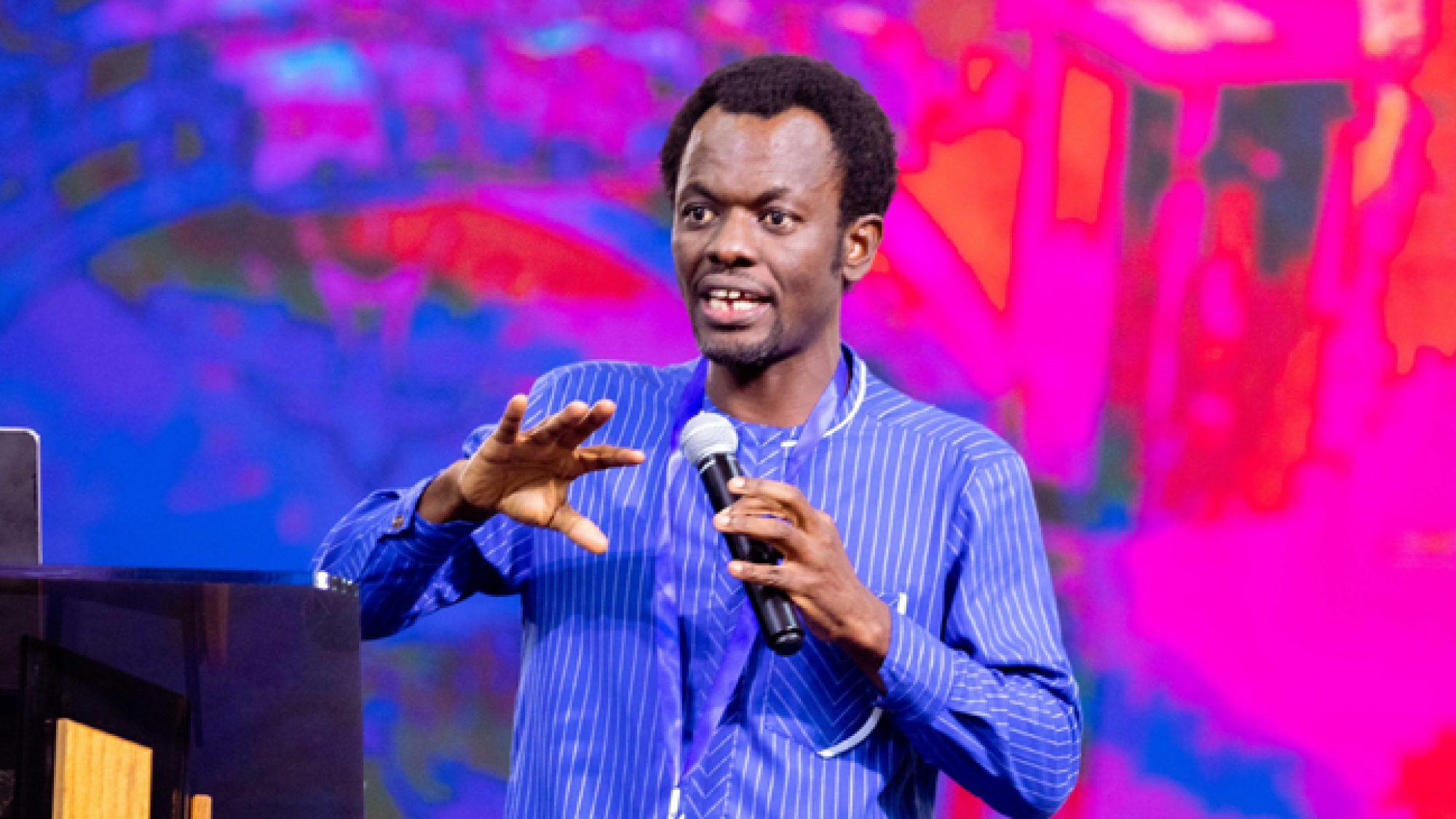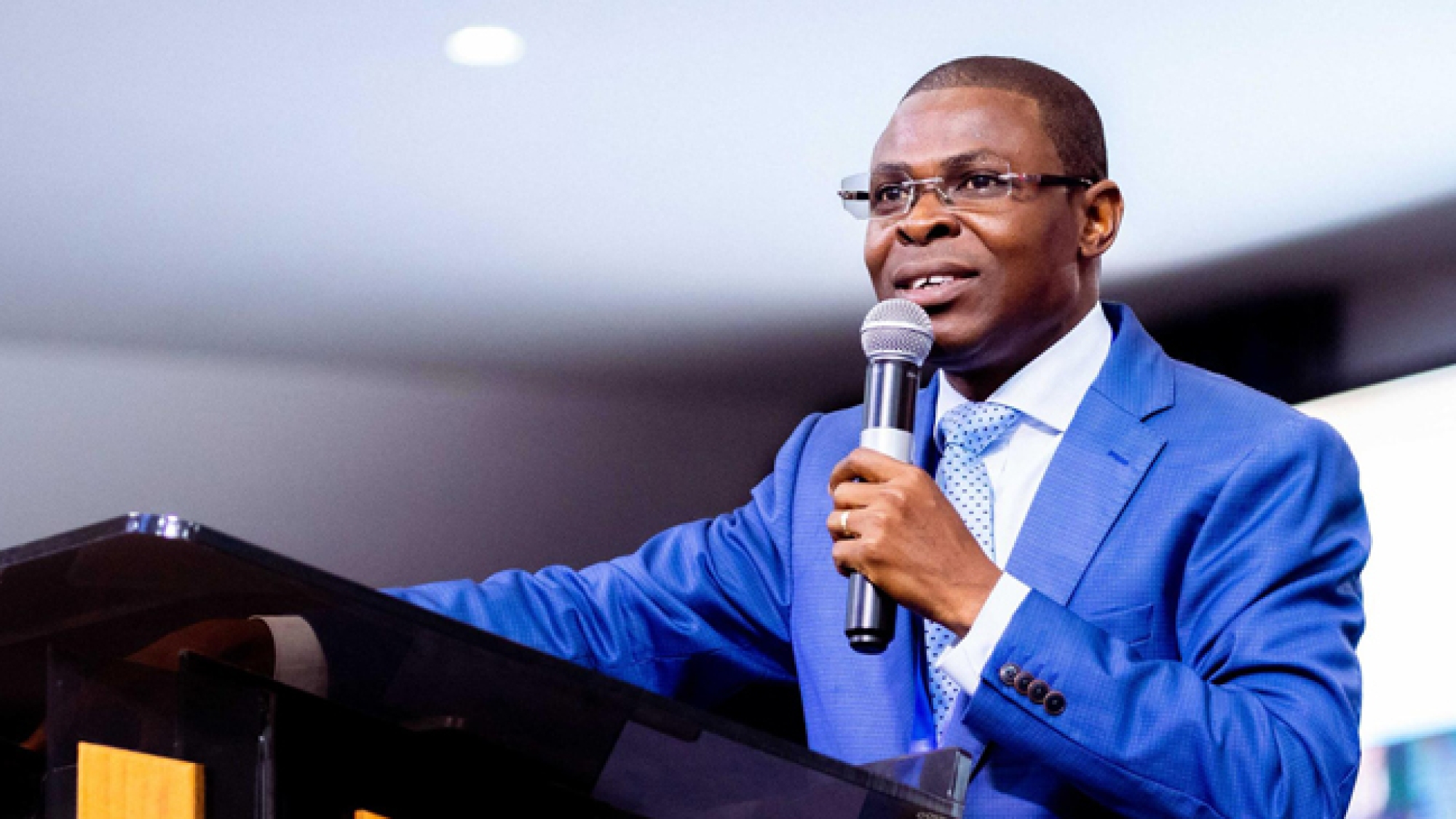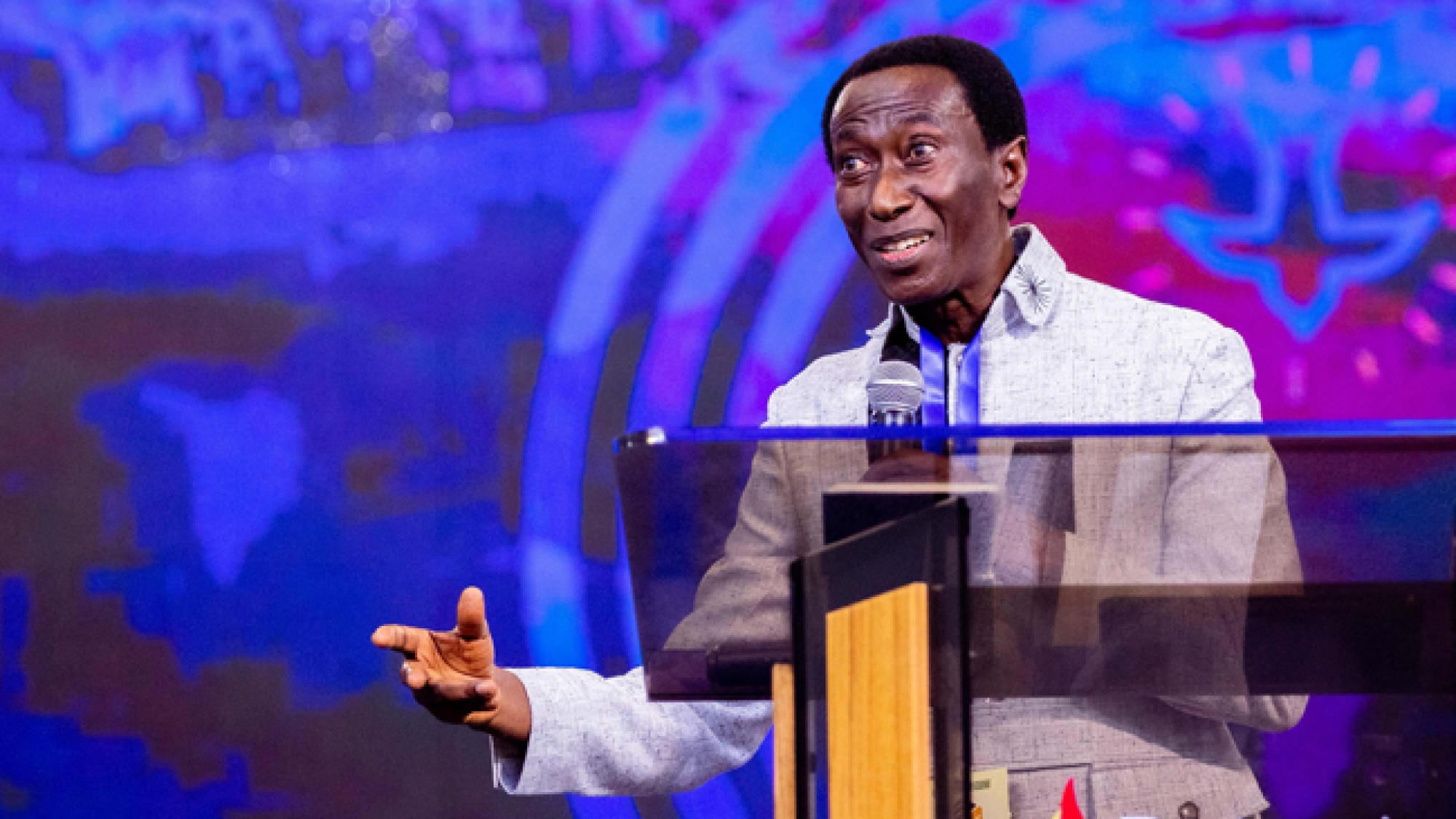The Director of the Youth Ministry of The Church of Pentecost, Apostle Ebenezer Hagan, has urged Christian youth to make it their lifelong desire to wait on the Lord for the infilling of the Holy Spirit for greater exploits.
Apostle Ebenezer Hagan said this yesterday when he joined the Odorkor Area to officially Kickstart this year’s National Youth Ministry Week Celebration.
Speaking on the topic “Empowerment From On High,” using Luke 24:47-49, Acts 1:6-8, Acts 2:1, and Ezekiel 47 as scripture references, he emphasised the necessity of the Holy Spirit in the life of a believer, especially the Christian youth.
He explained that when Jesus was leaving the earth, He instructed His disciples to wait for the outpouring of the Holy Spirit so they could be filled with power from on high.
“Waiting on the Lord is the key to receiving this promise of the Holy Spirit,” Apostle Hagan stressed.
He admonished the youth to constantly and consciously pray and deeply desire the Holy Spirit, saying, “Always wait and stay in His presence and yearn for the Holy Ghost.”
According to him, the Holy Spirit can be received through fasting and prayers, continuously being in God’s presence, and being focused and determined.
“God always has a moment for everyone to change their life, and as youth, we need to be serious, expectant, and always ready,” he said.
He further elaborated, “When the day of Pentecost came, the disciples were eagerly waiting and praying for it with all seriousness. When it came, it sounded like the blowing of a violent wind from heaven and filled the whole house.”
Apostle Hagan urged Christians, particularly church leaders, to make every service “a day of Pentecost” where the move of the Spirit can be deeply felt.
“Our services will depend on how well we prepare and how serious we are when we come into God’s presence,” he noted.
He highlighted that being filled with the Holy Spirit means God has taken total control of a person’s life, guiding them to do His will rather than their own, adding: “The Holy Spirit is available to anyone who desires Him,” he said.
“A Christian who is full of the Holy Ghost has authority and power at their workplace and wherever they find themselves,” he stated, urging the youth to make it a habit of seeking the infilling of the Holy Spirit daily.
“You will be amazed at the transformation in your life and those around you,” he assured.
He also advised them to seek the baptism of the Holy Spirit with the initial evidence of speaking in tongues and to pray in tongues frequently to edify themselves in the spirit.
“The more you speak in tongues, the more you will be full of power,” he emphasised.
Apostle Hagan also encouraged the youth to yearn for spiritual gifts.
“As Christian youth, you should always desire and pray constantly for the Holy Spirit. Always pray like Daniel, do your devotions, and you will be full of the Holy Ghost and the power that comes with it,” he concluded.
Report by Grace Danful















